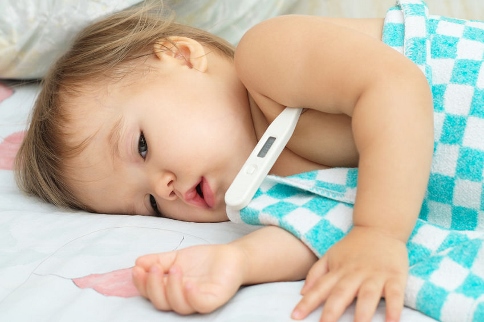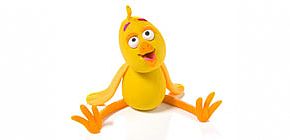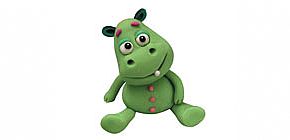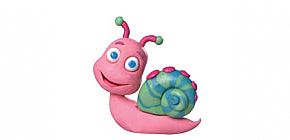Fever-induced seizures in infants: What to do and how to remain calm
 |
|
During their first year of life, infants are busy building their immune systems, and, as a result, are more vulnerable to viruses and bacteria. Fevers are how their bodies cope with these irritants, and are no cause for concern in and of themselves. That being said, in certain cases, infant fevers can be accompanied by seizures - convulsions, eye rolling, salivation and even loss of consciousness. These seizures are most common in infants and toddlers under the age of three. Yet, even though seeing these sudden spasms can serve as a source of great anxiety, they tend to pass on their own and cause no long-term damage. To correctly cope with seizures, you must remain calm during an attack and then take your child to a doctor, to determine the seizure’s cause.
How to identify febrile seizures
Today, general medical consensus is that febrile seizures are caused by a sharp spike in body temperature, which upends the brain’s body temperature regulation mechanism and influences brain function. Fever-induced seizures can appear in varying severity and can be accompanied by several bodily phenomena, including:
-
Loss of eye contact
-
Apathy
-
Distortion of a single organ
-
Whole body distortion
-
Eye rolling
-
Loss of consciousness
-
Salivation/drooling
The seizure will generally last about 5 minutes, is generally not dangerous and does not cause any brain, developmental or other damage.
What to do during a febrile seizure
It is important to remain as calm as possible and complete the following actions:
During an attack:
-
Lay your child on their side, with their mouth facing downwards
-
Ensure your child can breathe, completely obstacle-free
-
Do not place your fingers in their mouth and do not place any object in their mouth, that can disrupt their breathing (such as a pacifier or bottle)
-
Distance any hard or sharp objects from the immediate vicinity
-
Place pillows or blankets around the child’s body
-
Time the seizure’s duration
Following an attack:
-
Take your child’s temperature and administer fever-reducing medications as needed
-
If the seizure lasted for longer than 5 minutes, head to the emergency room
-
If the seizure lasted for less than 5 minutes, head to your doctor’s office
How to prevent a repeat attack
Once you have visited your child’s doctor, you will know whether the seizure was caused as a result of a sudden rise in temperature, or some other reason. If it was, indeed, a fever-induced seizure, you usually will not need to follow any particular course of treatment.
Since the seizures tend to appear suddenly, at the onset of an illness, it can be hard, if at all possible, to predict if and when another seizure will occur. Medications to prevent seizures are generally only administered to children with chronic seizure disorders. The best way to prevent another seizure is to take your child’s temperature when ill and administer fever-reducing medications designed for use from birth.
Note: Be precise with medication dosage, according to the instructions printed on the back of the box. Increasing a dose will not prevent seizures, but can expose your child to other dangers. In addition, it is important to inform your child’s caregivers and close friends and relatives of your child’s seizure experience, so they can also watch out for signs and symptoms and help you cope, should they appear again (rare).
Thermometer showing a high fever and you’re unsure which fever-reducing medication to administer to your child? Before you head to the doctor or buy a ...
Infants and toddlers suffering from seizures (sudden spasms) can be a source of great anxiety, especially if it’s your first time seeing them in this ...
Colds, fevers and other common phenomenon are often attributed to sleeping with the air conditioning on, but most pediatricians believe that using air ...


.jpg)
.jpg)
.jpg)
.jpg)



.jpg)
.jpg)
.jpg)
.jpg)

.jpg)


.jpg)


Contact us